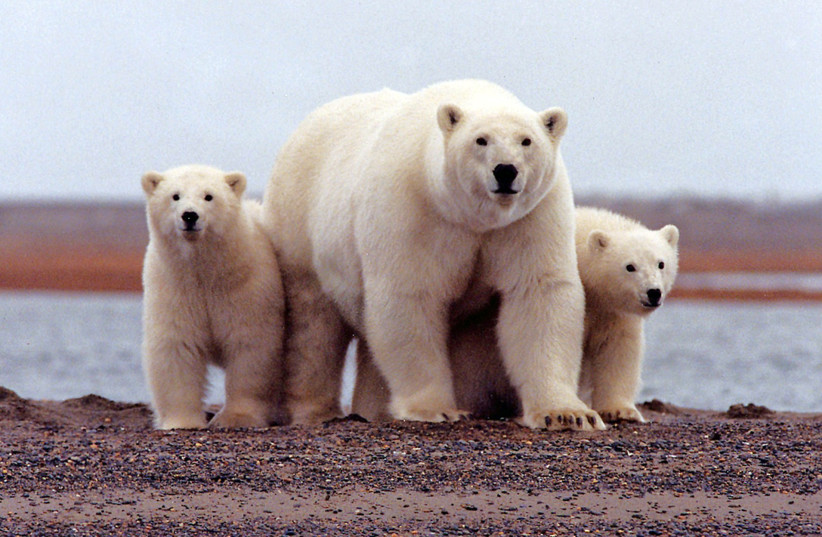As world leaders are convening in Glasgow to discuss the climate crisis, scientists continue searching for ways to track the process of global warming in various climates. One of the regions affected by the rising temperatures is the Arctic, but how are the ecosystems changing?
There are many challenges in monitoring animals in harsh climates - monetary as well as practically - and a recent study may have found a breakthrough for tracking marine mammals through their predators - polar bears.
In the study, conducted at York University in Canada, a team of researchers tracked the feeding patterns of various populations of polar bears and found that they seemed to hunt whatever was seasonally and spatially available. The bears seemed to stray off their common types of food whenever necessary, thus, in fact, becoming an accurate portrayal of the subspecies in various regions.
Polar bears naturally hunt on seals, whales and walruses, all belonging to a class of marine mammals. The information on the distribution of marine mammals is limited, but by tracing the polar bears, the team managed to identify hotsports along the bays in the Canadian Arctic, consisting of various species of these mammals, even those that the polar bears don't ordinarily hunt - ringed seals, seasonal narwhals, harp seal, beluga whale, and more.
“Each bear will have a specific fatty acid signature, a kind of fingerprint for individual bears and because of that you can see what that particular individual is eating and what percentage of their diet that represents," said Melissa Galicia, head of the research team, according to the York University Press.

This fingerprint allowed the researchers to, in essence, map the changing ecosystem in the Arctic due to the warming temperatures, simply based on the polar bears' diets. Also, they were able to demonstrate how different subpopulations of the bears suffered altering ranges of differences in their natural food supply, further showing the difference between regions.
“As temperatures across the Arctic warm and sea ice loss increases, there will be profound cascading ecological consequences. What’s not known is how that will affect species, such as seals and whales, but by monitoring the seasonal prey consumption of polar bears, scientists can better keep track of where marine mammal prey species are showing up and their seasonal distribution,” says Professor Gregory Thiemann, an author of the study.
"Polar bears can serve as indicators of regional and broad-scale changes in marine mammal prey populations and the functioning of the Arctic ecosystem," reads their paper.
